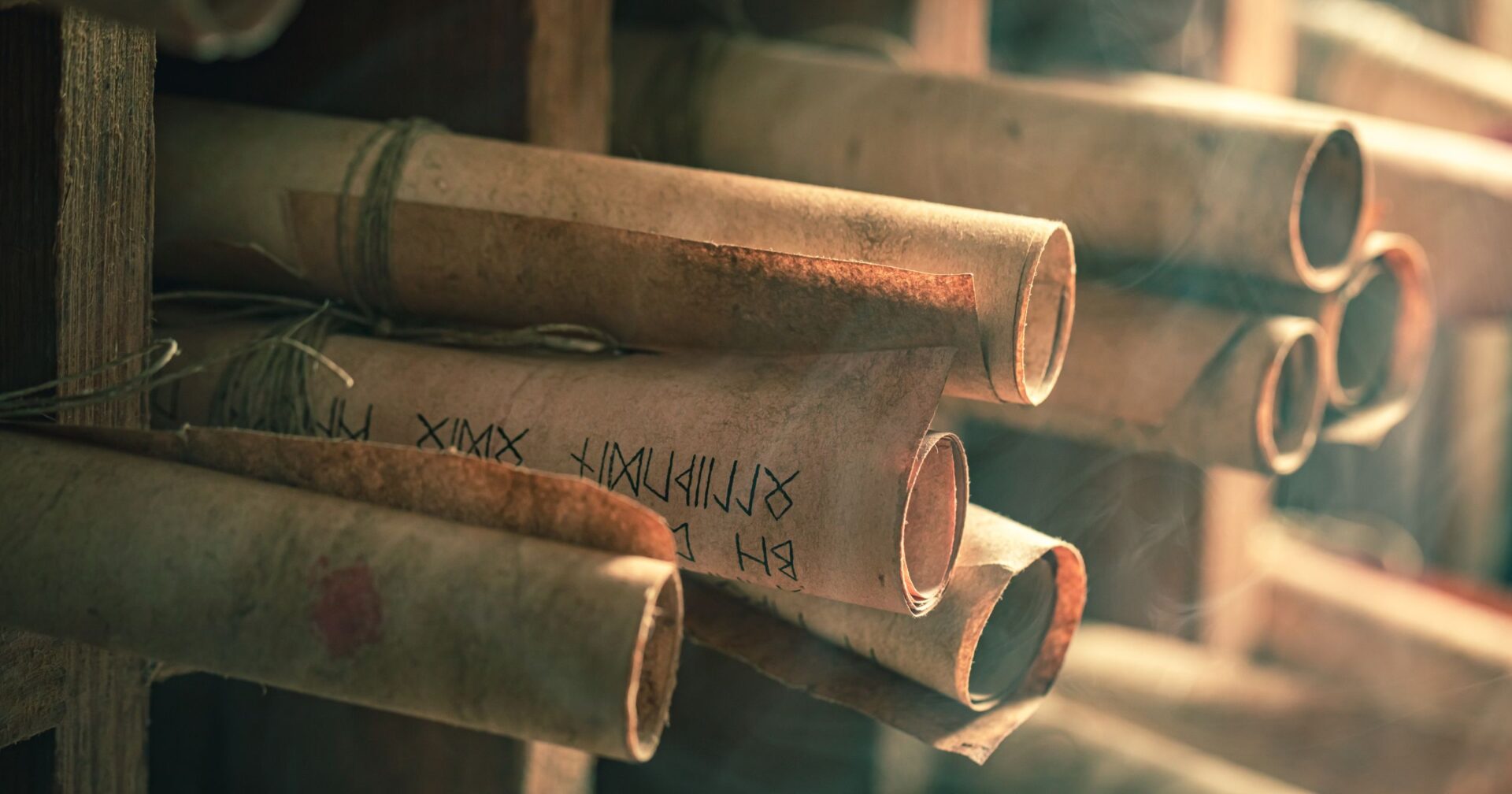A significant discovery in New Testament history was recently made by Grigory Kessel, a medievalist at the Austrian Academy of Sciences (OeAW).
He uncovered a small, 3rd-century Syriac translation manuscript fragment, which offers valuable insight into the early textual transmission of the Gospels.
Approximately 1,300 years ago, a Palestinian scribe erased a Syriac Gospel text to reuse the parchment due to its scarcity in the desert during the Middle Ages.
Kessel managed to decipher the lost text on this layered manuscript, known as a palimpsest, and identified one of the earliest Gospel translations on its individual pages.
Until recently, only two manuscripts containing the Old Syriac Gospel translations were known. One resides in the British Library in London, while the other was found at St. Catherine’s Monastery on Mount Sinai. A third manuscript’s fragments were identified during the “Sinai Palimpsests Project.”
Using ultraviolet photography, Kessel discovered the small manuscript fragment as the third layer of text in a double palimpsest housed in the Vatican Library. This fragment is the sole known piece of a fourth manuscript testifying to the Old Syriac version of the Gospels.
This Syriac translation predates the oldest known Greek manuscripts, including the Codex Sinaiticus, by at least a century. The earliest Syriac translation manuscripts date back to the 6th century and are preserved in palimpsests.
Claudia Rapp, Director of the Institute for Medieval Research at OeAW, praised Kessel’s discovery, emphasizing its importance in demonstrating the synergy between modern digital technologies and fundamental research in the field of medieval manuscripts.

















